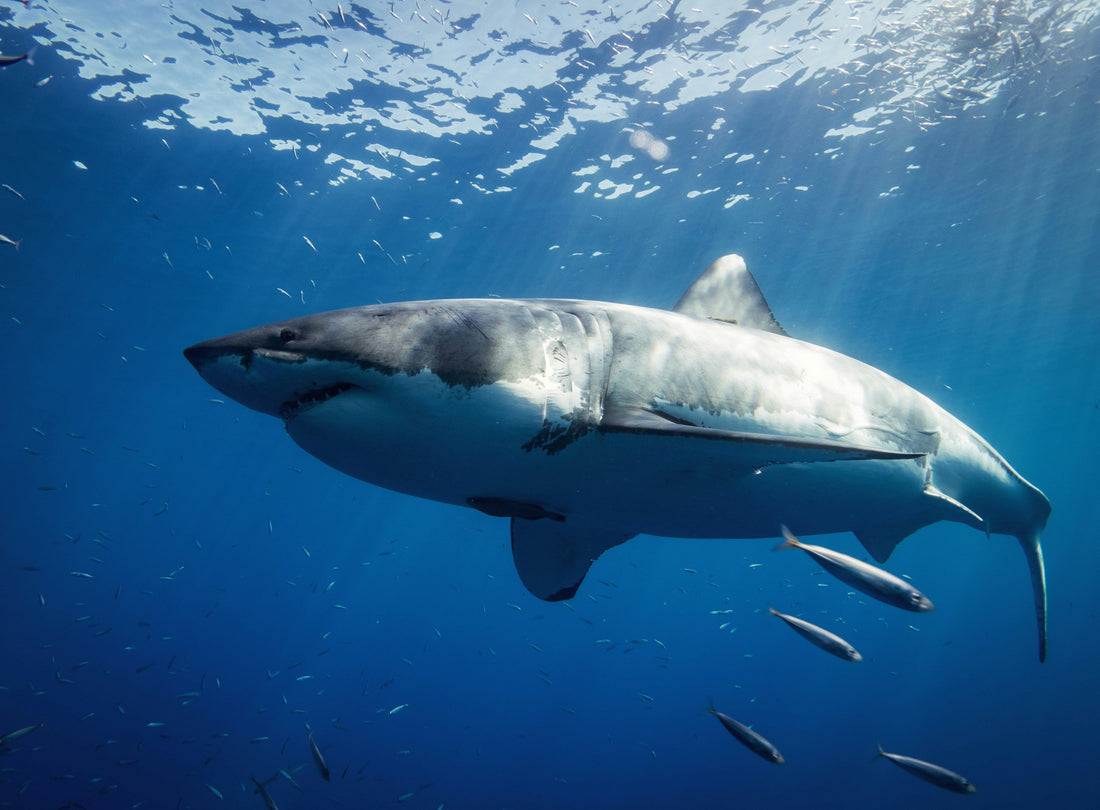When it comes to apex predators of the ocean, Great White Sharks (Carcharodon carcharias) sit amongst the top, with the Orca as it’s only known predator. Great White’s, or ‘White Pointers’ as they are colloquially known in some places, have captured the human imagination for decades, but recent research has revealed that these sharks might be even more fascinating, and complex, than we previously thought.
A Surprising Discovery: Three Separate Populations
In a groundbreaking study published in 2024, scientists revealed that Great White Sharks are not a globally uniform species, as once believed. Instead, they have evolved into three genetically distinct populations over the past 200,000 years, largely isolated from one another due to ocean barriers and natural range limitations.
These three populations are found in:
-
North Atlantic/Mediterranean
-
IndoPacific
-
North Pacific
This discovery challenges the long-held idea that Great Whites move freely across the world’s oceans, regularly mixing their gene pools. Instead, these populations have been evolving in isolation, adapting to their unique environments and prey preferences.
The Bermuda Triangle Mystery: A Rare Hybrid
One of the most exciting findings of the study was the discovery of a single hybrid Great White Shark in the Bermuda Triangle, the only recorded instance where a shark from one population seems to have bred with another.
Scientists are still unsure how this rare crossbreeding event occurred, but it raises intriguing questions about the hidden migratory routes and ocean corridors that may still connect these populations.
Why Does This Matter for Shark Conservation?
Understanding the genetic diversity and isolation of Great White Sharks is crucial for their conservation. It means that each population may face different threats, and efforts to protect them must be tailored to local conditions rather than using a one-size-fits-all approach.
Climate Change: Adding Another Layer of Complexity
With rising ocean temperatures and changing marine currents and ecosystems, the isolation of these populations could become even more pronounced, or potentially, blurred, as sharks may be forced to expand their range or shift their feeding grounds.
This makes it more important than ever to continue studying these apex predators and ensure policies are based on the most up-to-date science.
What This Means for Ocean Users
For divers, surfers, and ocean lovers, this new research is a reminder that shark behaviour is highly regional and influenced by complex ecological factors. It also makes it extremely important to protect each distinct population. Whilst often considered globally, we should be considering each population separately, making culling programs like the Queensland Shark Control Program on the East Coast of Australia, even more problematic than once thought. This population is thought to have only ~750 breeding aged adults, under the 1000 required for long term population viability, and is stable but not recovering despite 25 years of protection. This is because the Queensland shark cull is exempt from federal environmental law, owing to the fact that it existed before the law was written and a “continuation of use” provision in the Act. It is the major current pressure on this species.
While Shark Stop wetsuits are designed to reduce the severity of shark bites, understanding local shark populations and behaviours also plays a key role in personal safety.
We always encourage our community to respect sharks, stay informed, and advocate for science-backed conservation efforts that protect both people and these ancient predators.

